
Top 16 Questions to Ask a PPC Company in 2024
In 2024, choosing the right PPC company is not just about spending your advertising budget. You want to make every cent count towards your business
Picture this—you’ve crafted yet another amazing blog post, included all the right visuals, and hit ‘publish.’ And now…radio silence.
You’ve gotten some traffic and a handful of social media shares, but something is missing.
Maybe you’re targeting the wrong audience? Perhaps your content is not optimized for SEO?
Before you run off and abandon your marketing strategy altogether, sit tight. Chances are neither of these things gets to the root of your conversion problem.
The truth is you can make incredible strides in your blog conversion rate with a well-placed call to action, or CTA. This is crucial to getting a reader to take the next step.
In this post, I’ll discuss some of the key CTA considerations to take blog action and increase conversions!
From newsletters to social media posts, you can find CTAs all around you. While a CTA can take many forms, its main goal is to encourage visitors to take a specific action after reading a piece of content.
Basically, it tells your readers what to do—make a purchase, sign up for a service, share feedback, download a white paper, etc.
However, there’s no one-size-fits-all solution to CTAs. You can’t just slap on words like Learn More” or “Click Here” around your site without any forethought or proper context. The most effective CTAs are a little more complex and require special consideration.
After all, since you have multiple audiences looking at your blog, you ideally want each group to take a different blog action.
You want to convert the visitors into leads, the leads into customers, and the customers into promoters. But, you can’t serve each group the same CTAs to achieve those different goals.
The solution? Create multiple CTAs to cater to your different audiences and bring them down through your marketing funnel.
But, before we get into the specific types of CTAs you’ll need on your blog, let’s take a look at a few stats that highlight the overall importance of CTAs:
Think about how your readers can learn more about your company after reading your blog posts. Which CTAs will help them take that next step in their buying journey?
Below are a few ideas to help get you started. You likely won’t end up using all of them, but these CTA types should definitely be on your radar:
The goal of a lead-generating prompt—as the name implies—is to convert visitors into leads. To do this, you need to offer them a valuable incentive (lead magnet) in exchange for their email address.
Lead generating CTAs are typically located alongside the sidebar, at the end of, or in the middle of the blog post.
It can also appear from the side as it does with Asana’s blog:

Newsletter subscription CTAs are integral to any blog, but they need to be done well to increase conversions.
In other words, simply saying “subscribe to my newsletter” won’t cut it.
So how can you make your newsletter subscription CTA more compelling? According to Andy Crestodina of Orbit Media, your email sign-up form needs 3 things to succeed—prominence, promise, and proof.
Take this example from SMS Global. It’s prominent because the message is clearly visible on the page. It promises “the latest mobile news, innovation, and technology from around the globe.” And it proves its promise, because “thousands of other industry professionals” have subscribed to the newsletter already.
It also highlights the benefit to the reader through the header “Grow Your Knowledge,” and creates urgency with the use of “Now” in the subscribe button.

Product discovery CTAs are ideal for ecommerce businesses as they nurture interested buyers to visit your online shop:

In addition to these CTAs, you can even create CTAs that encourage leads to speak to a sales representative, for instance, and an event promotion CTA that leads people to an event registration page.
In the event that you want someone to make a purchase directly from your website, a purchase CTA is a no-brainer.
These will vary greatly depending on the type of product or services you offer.
An ecommerce store typically needs to let visitors browse through their product catalog, while a software company with plan levels should include distinct CTAs for each one.
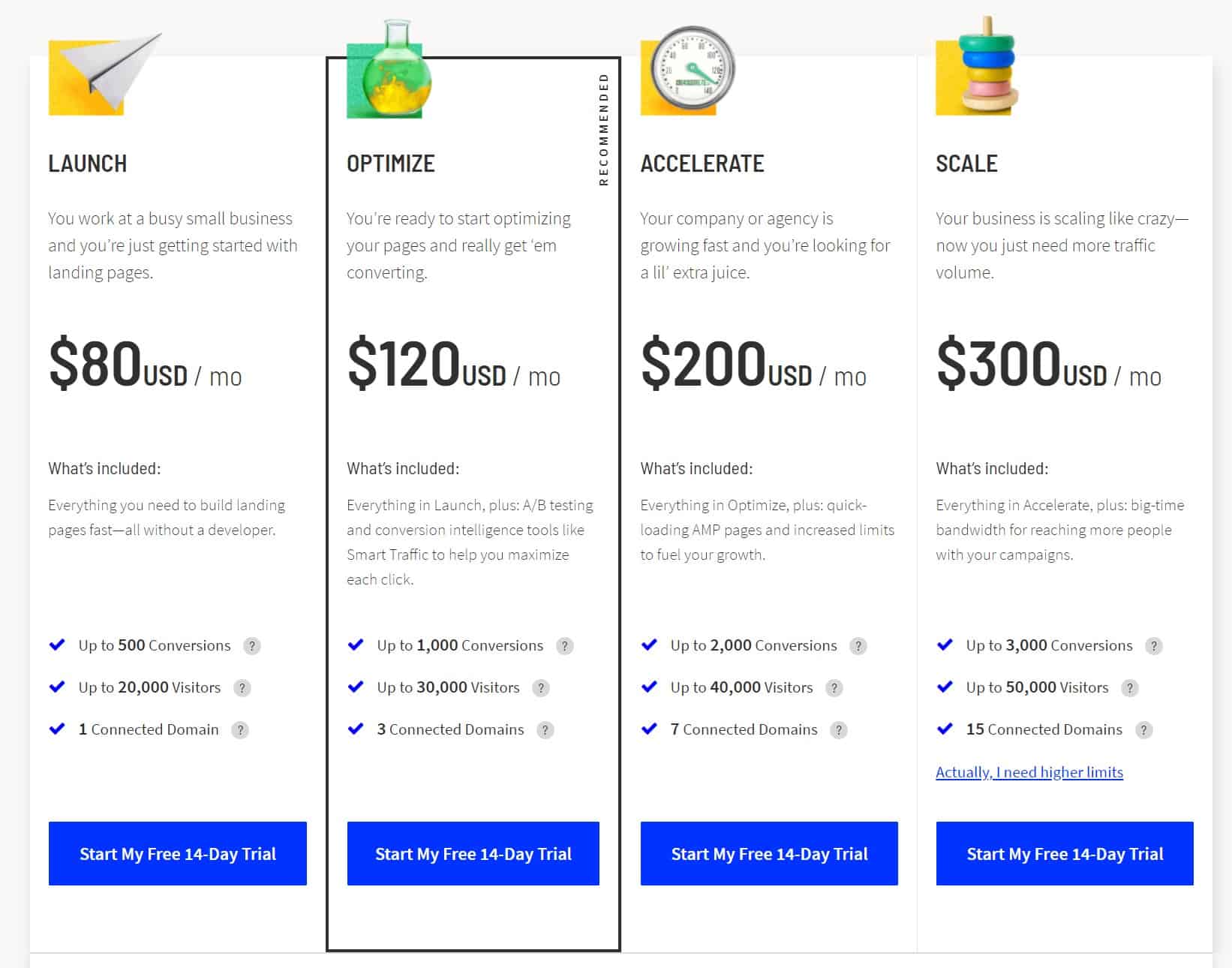
Some blogs are meant to be shared.
And social sharing CTAs are one of the least intrusive ways to get leads and increase your blog conversion rate.
The simplest types of CTAs direct a reader to share your content on a social platform, like Facebook, Twitter, Instagram, LinkedIn, and Pinterest, via social sharing buttons or icons as shown below:
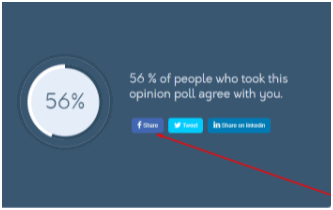
Any time you have a form on your website, you need a strong CTA to persuade your target audience to take blog action.
In this case, you need to communicate what positive outcome will result from accepting your CTA.
It’s pretty simple, really. Your contact form CTA should be professional, but straightforward enough to retrieve the information you want.
Orbit Media, for example, has made it clear that filling out this form is the first step in kicking off a new project:
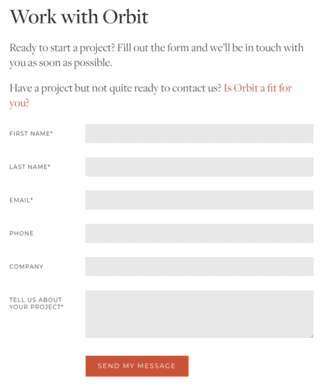
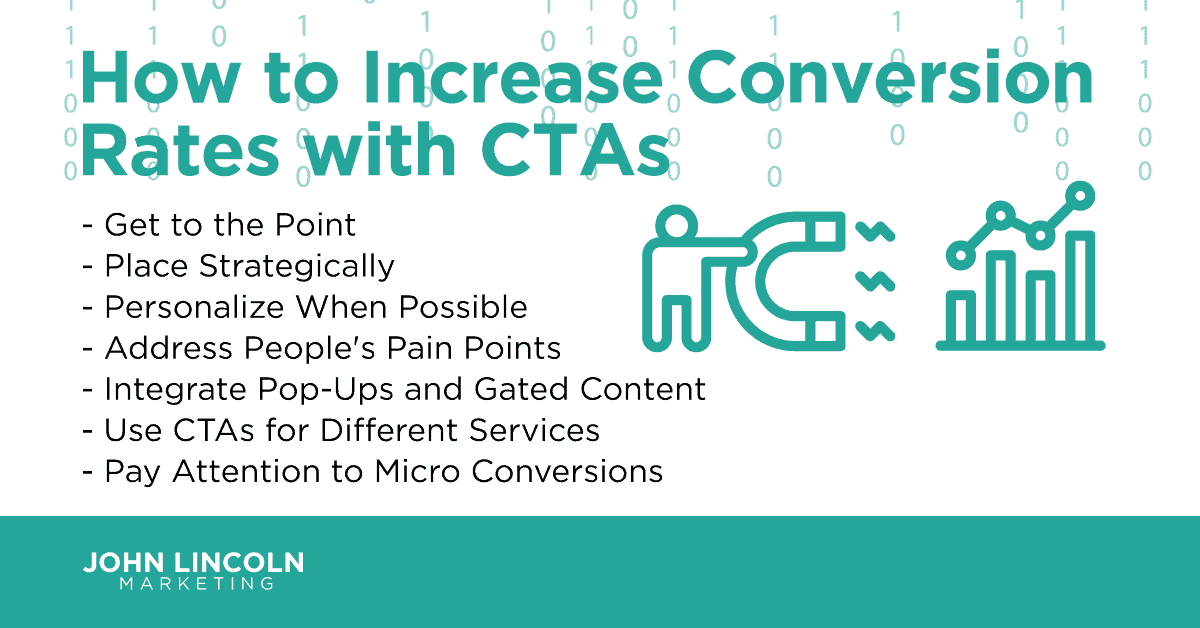
So what sets apart a good CTA from the rest?
In the simplest terms, the best CTAs offer good returns and increase conversions. They must generate curiosity, deliver on their promises, and bait as many users as possible to perform a desired action.
Here’s how to create CTAs that will catapult your conversation rates:
If your audience doesn’t immediately know what they’re supposed to do, they’ll move on to the next page and you’ll miss out on a golden opportunity to capture their information.
A good way to prevent this from happening is by using action-oriented words and phrases like:
To encourage people to click on your CTA, try using words that incite action like “sign up,” “download” or “contact.” Additionally, you’ll also want to convey a sense of urgency, with words like “now” or “today.”
Your CTA needs to offer some kind of benefit to the customer. Otherwise, people will feel there’s nothing in it for them and your click-through rate will suffer.
Take a headline like “FREE COURSE: Triple Your Traffic in 60 Days.” If you pair a CTA that says “Yes, Let’s Start the FREE Course” with the header, it offers value and presents the reader with an offer they can’t resist.
Unfortunately, the average visitor will only read 25% of your blog article.
While most blogs tend to place CTAs towards the bottom of a blog post by default, the reality is that it should remain visible at all times so that the user can take action no matter where they are on the page.
It’s critical to speak directly to your readers whenever you have the chance to do so. Consider using the first-person possessive pronoun “my.”
In fact, a study commissioned by Content Verve showed that changing a CTA from “Get Your Free Template” to “Get My Free Template” resulted in a 90% spike in conversions.
Many readers are more risk-averse and need some reassurance before acting. When you use the word “Free” in your CTA, it reminds people that there’s no risk in signing up for a product or service.
Netflix reiterates the low risk to consumers with the CTA “Watch Anywhere. Cancel at Any Time.”
Whitepapers, ebooks, and other long-form pieces of content shouldn’t be given away for free, but downloaded in exchange for key customer information. Making it a gated asset is a great way to increase conversions.
You can even repurpose parts of your gated content into other marketing collateral.
Let’s say you’re writing a ton of blogs on SEO, you can have a CTA inside the text that says “Need help with SEO reporting? Speak with an analyst today.”
That can appear in a CTA and in a separate pop-u as well.
According to Google, micro conversions are “activities that users frequently engage in before purchasing. Sites commonly have several kinds of micro conversions, so it’s likely that you’ll want to set up at least two or three goals.”
These days, you absolutely need to have micro conversions associated with your blog topic. Building on the example above, a micro conversion for the SEO call to action could be “Download the Perfect SEO Reporting Template.”
The link in your CTA should be easy to click on for smartphone users. You don’t want them to have to zoom in on the link.
There’s no hard and fast rule regarding how many CTAs you can add to your blog post. As long as you have one focused CTA that’s visible throughout the post, you can add a couple of secondary CTAs in-text or towards the end. Just make they are all relevant to the blog topic.
Now that you’re armed with the know-how as to what CTAs are and how to increase conversion rate by converting blog traffic into customers, there’s nothing stopping you!
It’s time to elevate your blog posts from static pieces of content to lead-generation machines.
Remember—the call to action you use can make or break your conversion potential, so choose wisely!
Welcome to John Lincoln’s personal website. You can learn about John Lincoln’s books, films, book him to speak and contact him. John is directly associated with many of the businesses mentioned on this website and freely discloses this information.

John Lincoln is CEO of Ignite Visibility, one of the top digital marketing agencies in the nation. Ignite Visibility is a 6x Inc. 5,000 company. Ignite Visibility offers a unique digital marketing program tied directly to ROI with a focus on using SEO, social media, paid media, CRO, email and PR to achieve results. Outside of Ignite Visibility, Lincoln is a frequent speaker and author of the books Advolution, Digital Influencer and The Forecaster Method. Lincoln is consistently named one of the top digital marketers in the industry and was the recipient of the coveted Search Engine Land “Search Marketer of The Year” award. Lincoln has taught digital marketing and Web Analytics at the University of California San Diego since 2010, has been named as one of San Diego’s most admired CEO’s and a top business leader under 40. Lincoln has also made “SEO: The Movie” and “Social Media Marketing: The Movie.” His business mission is to help others through digital marketing.
Want to get in touch with John Lincoln? Click Here To Reach Out.

In 2024, choosing the right PPC company is not just about spending your advertising budget. You want to make every cent count towards your business
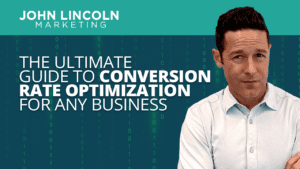
Whether you’re a seasoned marketer or just starting out, conversion rate optimization (CRO) is a powerful tool that can boost your sales, leads, and overall

Feeling overwhelmed by the sea of SEO companies out there? You’re not alone! Choosing the right partner is crucial for achieving your online marketing
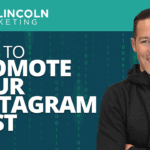 How to Promote Your Instagram Post
How to Promote Your Instagram Post Want to know what happens when you promote a post on Instagram? For the answer to either or both of those